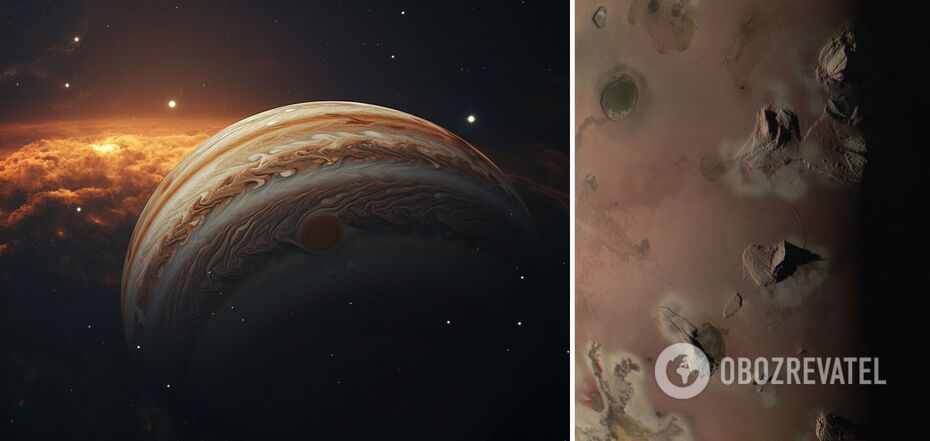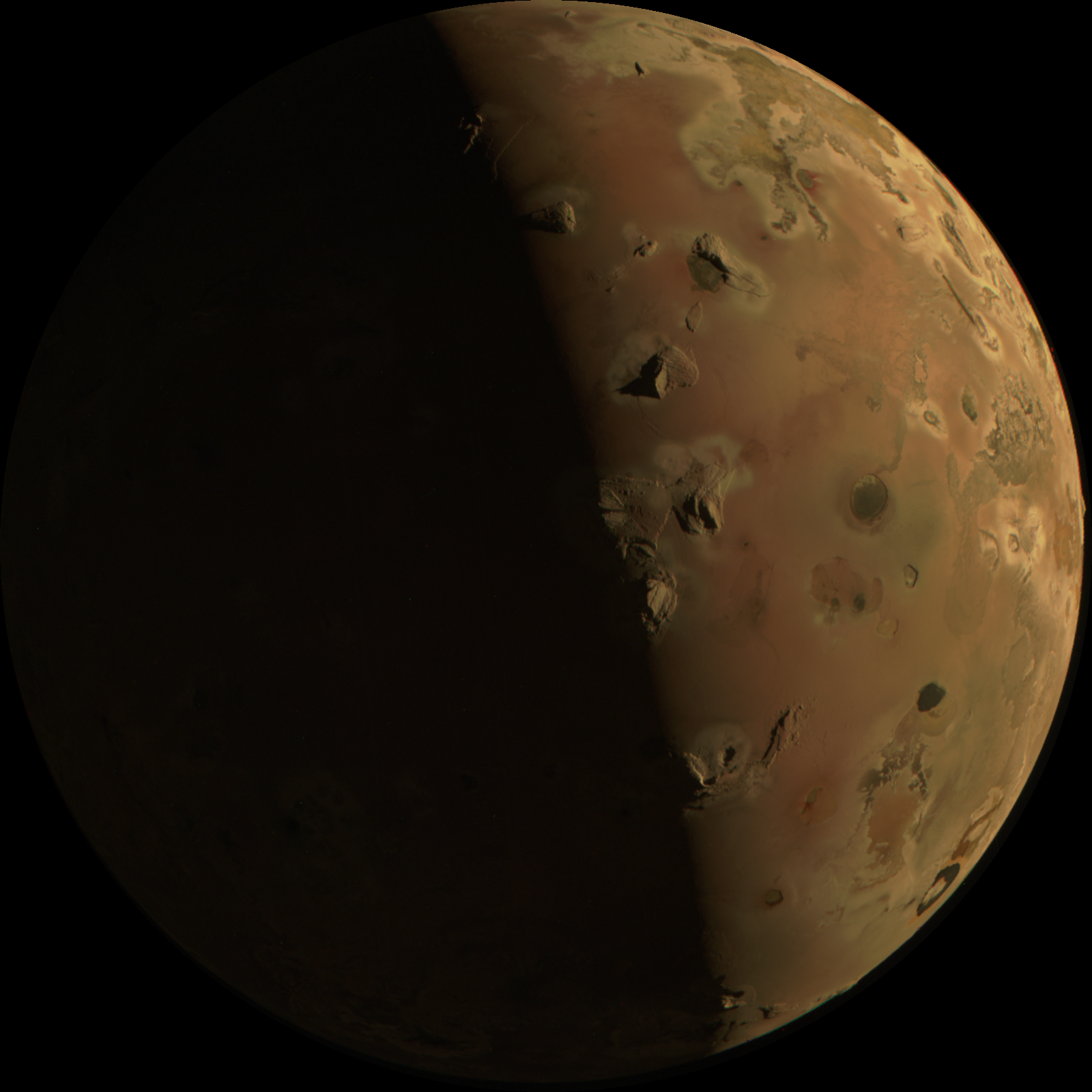News
NASA shows 10-km-high mountains in a unique photo of Jupiter's volcanic satellite Io
On December 30, NASA's Juno spacecraft flew past Jupiter's moon and captured one of the closest images of the volcanic world of Io in decades. The device has been in Jupiter's orbit since 2016 and in recent months has been moving closer and closer to Io.
According to the space agency, the latest image was taken at an altitude of only 1,500 kilometers above the surface. The photo clearly shows some of the hundreds of mountains, estimated to be more than 10 kilometers high, as well as the long, sharp shadows cast by these mountains.
Io is considered the most volcanically active body in the solar system. There are hundreds of active volcanoes on Jupiter's moon. As a rule, they are smaller than these towering mountains and, on average, have a height of 1 or 2 kilometers. So it is difficult to see the volcanoes in the photo.
At the same time, this new flyby of the volcanic moon provides scientists with new data to add to those obtained during the spacecraft's previous 56 flybys of Io at various distances. Processing and analyzing this data will allow scientists to learn more about how these volcanoes on the satellite have changed over time and why they are so active.
In addition to Io, Juno is also studying other moons of Jupiter, including Europa and Ganymede. The spacecraft has been collecting data about them and taking the closest images since NASA's Galileo spacecraft visited the area in 2001.
In February 2024, Juno is expected to make another close flyby of Io, again at an altitude of about 1,500 kilometers above the surface.
All in all, by the end of the mission, which will end in late 2025, Juno will have flown by Io seven more times and will deorbited.
However, this will not mean an end to the study of Jupiter and its moons.
The Europa Clipper spacecraft is scheduled to launch in October 2024, flying at an altitude of 25 kilometers above the surface of Europe and providing key information about its mysterious inner ocean, which is considered one of the most promising places for life in the solar system.
However, the spacecraft will arrive in Europe only in 2030.
Earlier, OBOZ.UA reported that organic elements were found on the surface of Jupiter's moon Ganymede.
Subscribe to OBOZ.UA on Telegram and Viber to keep up with the latest events.




























